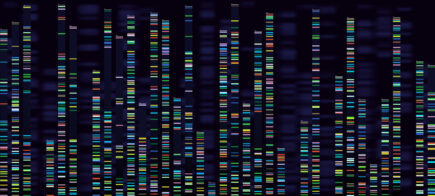Obtain accurate and reliable full length plasmid sequencing with our Next Generation Sequencing service.

Life Sciences
siRNA, miRNA and other oligonucleotides
Efficiency
Over 90% gene silencing in a wide variety of cells
Excellent cell viability
Suitable for transfection miRNA and other oligonucleotides
Versatile
Gentle mode of action for more robust data and excellent cell viability
| Reagent | INTERFERin® |
|---|---|
| Molecule delivered | siRNA, miRNA (microRNA), and other oligonucleotides: pre-miRNA, mimic miRNA, antimiR… |
| Applications | Transfection of siRNA and other oligonucleotides |
| Cell types | Adherent and suspension cells |
| Number of transfections | 1 ml of INTERFERin® is sufficient to perform 500-1000 transfections in 24-well plates. |
| Storage | Store INTERFERin® at 5 °C ± 3°C. |
INTERFERin® provides very high silencing efficiency already at 1 nM siRNA and can be used in a wide variety of adherent and suspension cells. Using low concentration of siRNA avoids off-target effects, and its gentle mode of action ensure more robust data and excellent cell viability. Easy to use thanks to its compatibility with serum and antibiotics, INTERFERin® is also perfectly suited for transfection of miRNA and other oligonucleotides like pre-miRNA, mimic miRNA, antimiR.